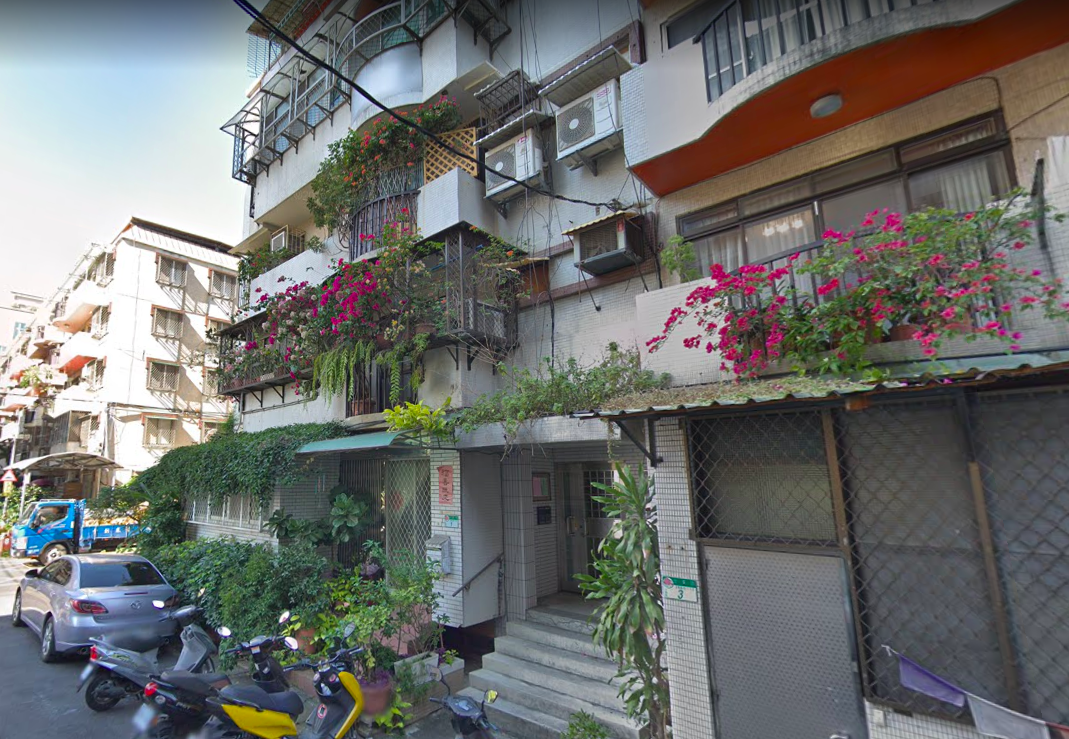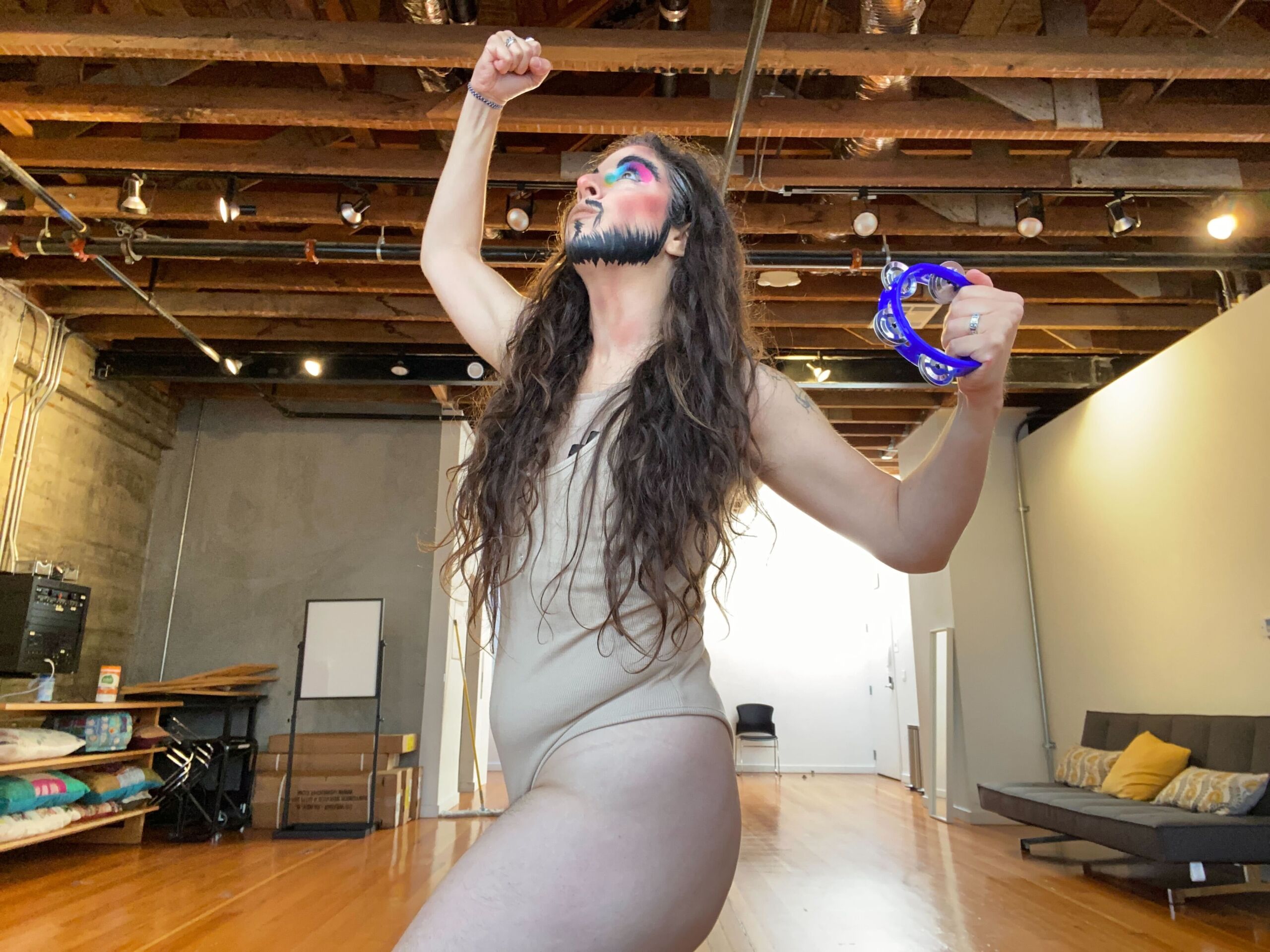Peking opera is a form of traditional Chinese theater which combines music, vocal performance, mime, dance and acrobatics. It arose in the late 18th century and became fully developed by the mid-19 century.
At the beginning of establishment of Communist China in 1949, China is alike an old and tattered house in which all basic industries could not be operated. After undergoing eight-years of the World War Second and a four-year civil war, every institution needed to be rebuilt in China. During the five years from 1949 to 1954, according to the government‘s National Policy, “Morality, Wisdom, Physical Education and Arts” were emphasized, the Chinese government decided to arrange High Education in Arts, including painting, dance, music, architecture and theater and other artistic styles.
By 1949, Almost all Chinese classical dances were “dead” and buried in the history. There were complex reasons resulting in the outcome. The first is the innumerable wars in Chinese history, and there was not much space to preserve and develop arts. The second is because classical dance has a tight relationship with the palace. Because of numerous dynastic changes, and having to serve many different emperors who had totally different tastes, the classical dancer had to change dance style and forms according to the emperors’ personality. This is one main reason why classical dance were lost in the Ming and Qing dynasties, since those emperors loved the Opera instead of Classical Dance. At that time, classical dance was absorbed into Opera. The third reason is the lack of recording methods about dance. In Chinese history, the dancers had very low status, dancers were one kind of slave without the right to education. They did not know how to write, and could not record dance. Therefore, in 1954, we did not inherit any classical dance from our older generation.
In 1950’s, because the Chinese dance world had not any experience of how to build a modern high dance education, the government invited some Russian authorities to help us. At first, Ballet was the main class. Then Chinese dancers started to think about whether there is a classical dance in China. After discussing and researching, one decision was made that China did not preserve any classical dance from our ancestors. Thus, we had to rebuild Chinese classical dance, according to our present understanding and aesthetics. The National Policy about Classical Dance was ‘Try to rebuild a classical dance through collecting from Opera, Physical culture and Chinese Martial Arts and Ballet.” According to this policy, dance professors tried to combine movements from Beijing Opera, Chinese Martial Arts and Ballet. The movements performed by female and male character, mime and acrobatics were selected, re-constructed and categorized into Shen Yun (pure Peking opera movement performed by men and pure Peking movement performed by woman), sword dance by men, sword dance by women, long sleeve dance and acrobatics.
The Peking Opera movements, is a serials performance/movement techniques born from Peking Opera, but dissociate from the story, the plot and the specific characters from the original Peking Opera plays. However, these NEW constructed movement techniques in 1950’s deeply represent the historical moment in China when a new rebuilt country desired to create a dance form to show the national identity to the world. Later, all these technique was labeled Chinese Classical Dance.
Posting a blog to share my working process is pretty new to me, because ideas have always been shaped and trandformed through the jouney. In my first bog, I want to invite you to meet these two major forms I am going to use in this project, Chinese Classical Dance and Peking Opera, – the historical and artistic context.
Share This!
More Good Stuff
Unsettled/Soiled Group is a group of East, Southeast, and South Asian diasporic movers, makers, and settlers on Ramaytush and Chochenyo Ohlone land. Unsettled/Soiled Group is led by June Yuen Ting, one of CounterPulse's 2022 ARC Performing Diaspora artists and will debut Dwelling for Unsettling alongside VERA!'s Try, Hye!, Thursday through Saturday, December 8-10 & 15-17, 2022
Try, Hye! by Vera Hannush/VERA! & Dwelling for Unsettling by Unsettled/Soiled Group December 8-10 & 15-17, 2022 // 8PM PT // 80 Turk St, SF
VERA! (they/them) is a queer Armenian American drag king, dancer, and community activist. They are one of CounterPulse's 2022 ARC Performing Diaspora artists and will debut Try, Hye! alongside Unsettled/Soiled Group's Dwelling for Unsettling, Thursday through Saturday, December 8-10 & 15-17, 2022




great posting about classical dance.
Bharatanatyam Dance Costumes Online